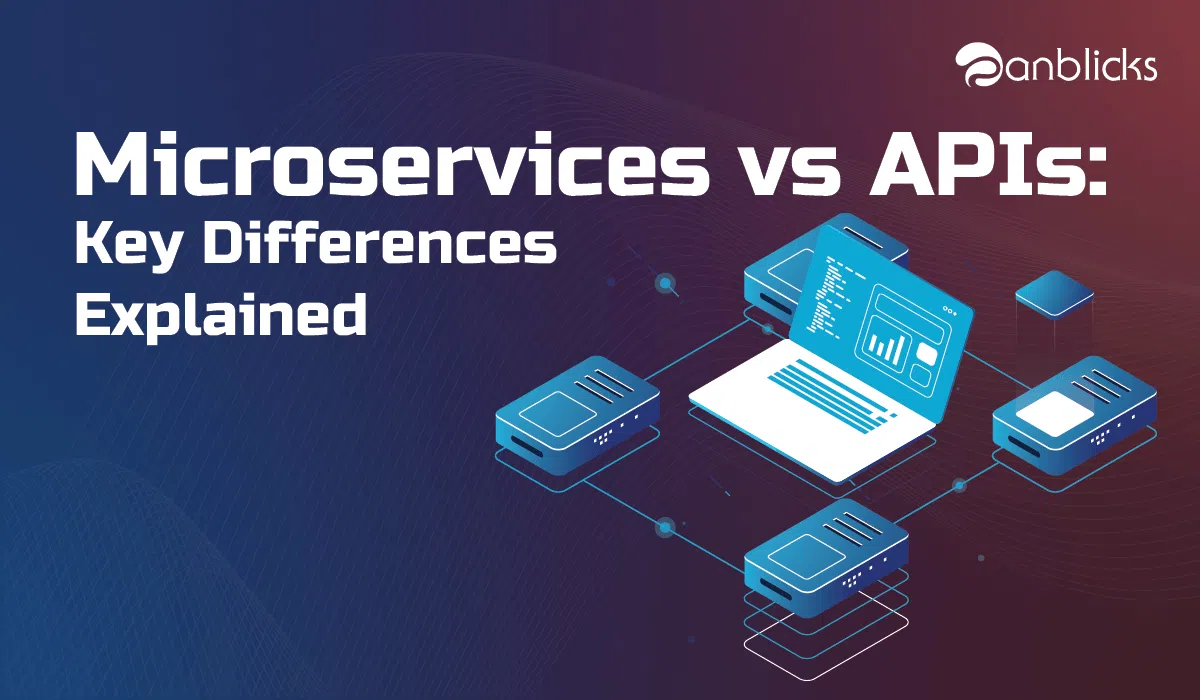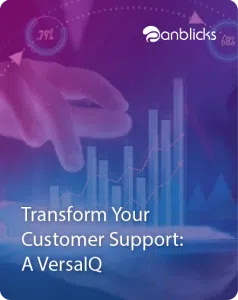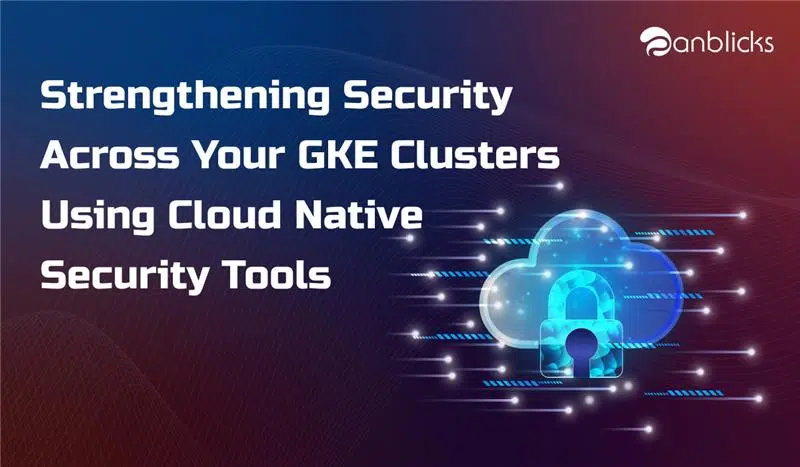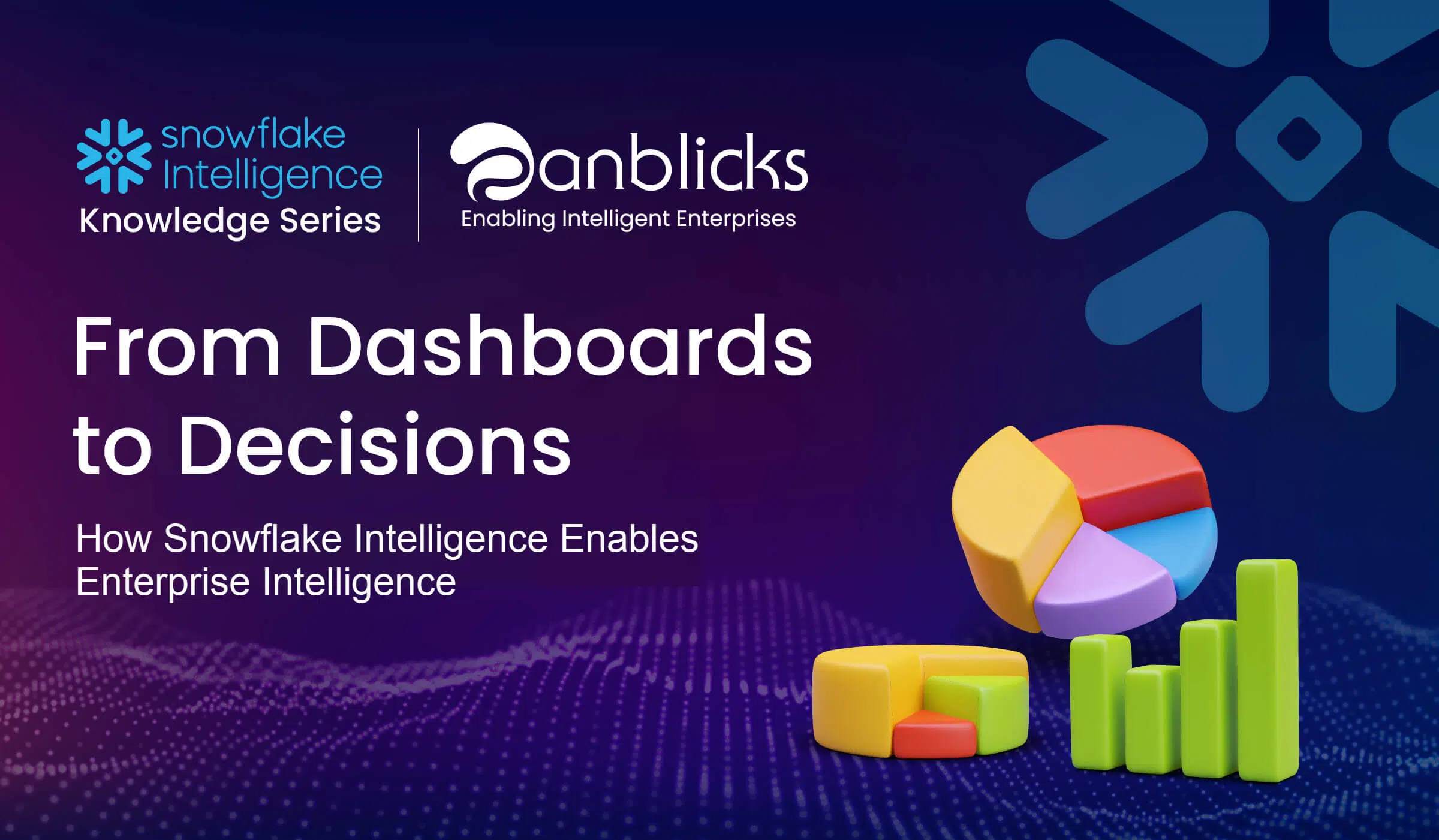
Microservices vs APIs: Understand the Difference

- Microservices are small, independent services that form an application, while APIs allow these services to communicate
- Microservices organize the application structure, and APIs serve as connectors between services
- Microservices build scalable applications, and APIs enable their seamless interaction
If you are reading this blog, that means you have heard the terms: APIs and Microservices Development. But many folks have misconceptions that microservices are fine-grained web services or that APIs are equivalent to microservices. These all show fundamental misconceptions, so I created this article to break that out and talk about the key differences between Microservices and APIs. If you are one of them, this article will help you understand the difference between those two concepts.
APIs and Microservices both have equal weightage. In this blog, we will understand both APIs and microservices separately, how they both are different from each other, and how they fit together in modern-day web applications.
First, Let’s Understand What Microservice Is With an Example
Microservices is a software architecture that divides an application’s features and functionalities into separate and smaller components called services. When this methodology develops an application, it is called microservices architecture.
Microservices are trending these days because of their smooth developing process. A microservices architecture makes it easy to develop, integrate and maintain the applications. Initially, developers should build the application step-by-step; later, they can work on each element individually. This process makes adding, fixing, or improving functionality easy without risking the entire application. Microservices architecture is mostly useful for larger enterprises.
Example of Microservice
As we all know, Amazon is a large online shopping hub and is easy to use. But in the early 2000s, it was tough for Amazon to provide friction-free services. As Amazon’s senior product manager described the situation, the Amazon retail website was a large architectural monolith. As all services were tightly connected internally, it was not easy for developers to fix, validate or improve the functionality.
With this monolith architecture, Amazon could not meet the scaling requirement of its growing customer base. Amazon broke its monolithic architecture into small independent service components to eliminate these challenges.
The Amazon developers’ team analyzed the entire application’s code and pulled out unit codes that serve similar services. They coupled these units into a web service interface and developed a single service for each section, like a buy button on the product page, tax calculator, checkout button, and so on.
Now, Amazon allocated each independent service’s ownership to the team of developers so the team could deep dive into the problem and fix it without hindering the whole application.
By implementing a microservices architecture, Amazon could achieve the title of the most growing company in the world – valued by market cap at $1.203T on July 19, 2022.
If applications are broken up into parts, those individual parts must have a serious need to communicate effectively; therefore, microservices are tied to APIs.
Now, Let’s See What APIs Are and Their Use
An application programming interface (API) is an undetachable part of any application. With the help of APIs, one application can interact with others. In layman’s terms, API is the group of protocols that ensure two different applications send, receive, and modify each other’s data.
APIs are essential in modern application development. It helps in communication between two different applications, which may differ in functionality and construction. APIs help developers access the internal data of an application or its functionality without understanding the whole app’s source code. With this feature of APIs – applications, web pages, and other software can communicate and work together.
The Use of APIs
Many APIs are easily available to improve the software or application’s functionality – called public APIs. With the popularity of microservices architecture, the creation of private APIs increased. In this scenario, APIs work as lightweight solutions for individual microservices to interact with each other. Let’s understand with a practical example.
There are many examples of APIs, but we will take one of them. Let’s assume you are planning a world tour and want to book a travel plan. You visit a good website, but you don’t have an account for that particular website, but it gives you an option of Google id to log in. How convenient it is!
Since Google is a different company from the current travel website, an API enables an interaction between the travel website and Google. First, the travel website uses Google’s login API to request your contact information. Next, the Google API acknowledges the request, validates it, fetches the information from its user database, and sends it back to the website. Finally, the website uses your contact information to complete the signing process.
This is how APIs help different software to communicate together. I believe this example of APIs will help to understand the basics of its functionality.
Types APIs (Public, Partner, Private, and Composite)
APIs are widely accepted and used in web-based applications. There are four API types: public, partner, private, and composite. Understanding these four types’ differences is important when planning your API design, implementation, and use.
Public APIs
Businesses with a public API can give outside developers, partners, and businesses free and open access to their applications and data. This allows these partners to build new applications and use data to benefit the business. A public API is an open-source software development interface (SDI) that opens a resource for the use of outside developers, businesses, and organizations.
Private APIs
An internal API is often used to connect systems and data within an enterprise. These APIs are generally intended for internal use only, and the data should not be publicly accessible or shared with third-party developers. These APIs provide several advantages over public APIs, including a higher level of privacy, less exposure to outside organizations, better control, and fewer data regulations.
Partner APIs
Partner APIs are a way to provide a high level of access to an organization’s data for its business partners in the form of a dedicated API. These partner APIs are only available to specifically selected and authorized outside developers or API consumers and are established through a formal introduction process. The purpose of a partner API is to facilitate business-to-business activities. For example, a business wants to share customer data selectively with outside CRM firms. In that case, a partner API can connect the internal APIs with the partner’s portal, creating a secure and transparent channel.
Composite APIs
It’s important to create an API that addresses both simplicity and performance. Creating an API that achieves both these goals can sometimes be difficult. However, combining two or more APIs together becomes a composite API. Composite APIs can often be beneficial because it’s often better to have a single API that covers two or more aspects of a process, as it can reduce complexity and improve performance.
Category of APIs
APIs are the ultimate method of remote software interaction. You can use them to build amazing products and services that work seamlessly across devices and platforms. But if you want your APIs to be successful, they need to be well-designed. Today, there are four API protocols or architectures categories: REST, RPC, WebSocket, and SOAP. And you should use one of these.
A Difference Between Microservices and APIs
After understanding microservices and APIs separately, let’s check some differentiator that makes them distinguishable from each other.
| MICROSERVICES | APIS |
| A microservice is an approach that breaks down large silo components into smaller components. | An API is a programming interface that helps two or more software to communicate with each other. |
| Creating microservices is easy and takes less time for the developer. | Creating and maintaining APIs is a bit difficult as compared to microservices. |
| A developer can create different modules for individual features and functionality with microservices. | Whereas APIs help those individual modules communicate with each other without difficulty. |
| It is not possible to access a third-party microservice directly. | With the help of third-party API, it is easy to access their services. |
| Microservices are usually designed for solving big and complex problems in the organization. | APIs provide a reusable interface that one or more applications can communicate easily. |
| In microservice, using other applications’ features and functionality is impossible. | Developers can use any third-party application’s features and functionality using its API. |
| One microservices has only one API. | One API can call different microservices. |
To keep a long story short, microservices and APIs are significantly different concepts. They are not equivalent and play a completely different role in web applications. Microservice architecture helps build an application in a more agile framework, whereas APIs provide the essential capabilities for connecting, extending, and integrating software. With the help of APIs, developers can interact with a web application.
We, Anblicks are a cloud data analytics company. We help enterprises to build interactive web and mobile applications with Azure capabilities.
Source: DZone

Krunal Vyas is a Sr. digital marketer at Anblicks. He is fond of exploring new technology and research & development. His main interest is to explore how Modern Apps can benefit businesses to enhance user engagement. Besides, he likes to share his knowledge by writing meaningful content to educate the audience about Modern Applications.









